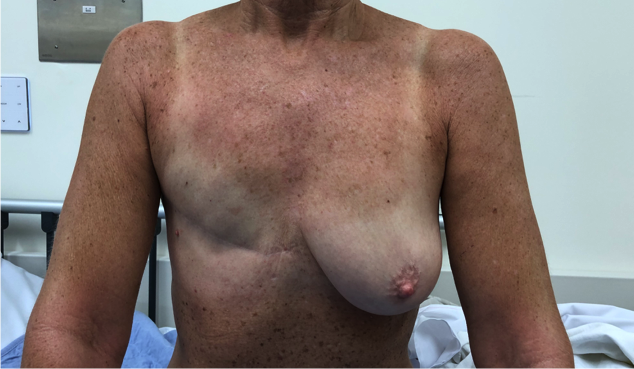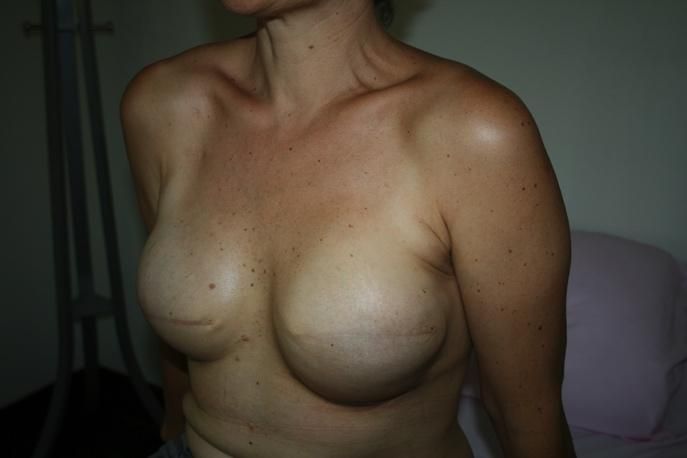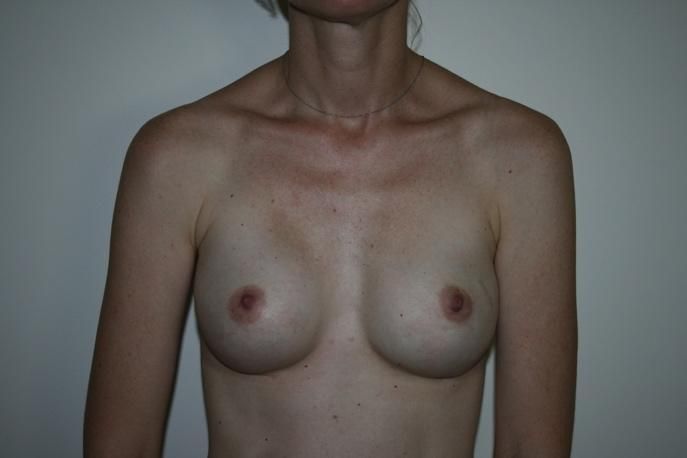Breast Cancer Surgery
Surgery is the mainstay of treatment for breast cancer. Usually it is the first treatment undertaken however sometimes, chemotherapy followed by surgery (neoadjuvant chemotherapy) maybe offered for higher risk or advanced cases. Surgical treatment involves removal of the breast tumour and usually removal of some or all lymph nodes from the axilla.
Breast Cancer Removal
The surgical options include:
1. Local Excision (Wide local excision, lumpectomy)
This procedure is performed in a similar fashion to benign breast biopsy, with the main difference being that a larger margin of tissue is removed with the tumour to ensure adequate clearance. The incision may be placed over or close to the tumour in a skin crease, or ideally in a cosmetic position around the areola Commonly the incision would be 4-5cm in length but is individualised. Once removed, the breast tissue would be approximated to minimise any cosmetic deformity. The skin is closed with dissolvable sutures. Results are usually available on the pathology within two to three days so that further management can be planned. Despite the best of intentions, sometimes microscopic disease is not apparent at operation and clearance margins on the edge of the excision may be inadequate, requiring re-operation; either re-excision of margins or mastectomy. For invasive cancer, lumpectomy is usually combined with a sentinel lymph node biopsy or axillary clearance.
2. Mastectomy
Mastectomy for breast cancer involves excision of the breast tissue down to the underlying muscle (pectoral muscle). The traditional simple mastectomy (see below) is still performed but often when reconstruction is offered it is replaced with skin sparing or nipple sparing mastectomy (see below)
Simple Mastectomy
This is removal of all of the breast tissue with excision of the nipple/areola complex. The resulting scar is usually horizontally placed or may incline slightly towards the axilla. The scar may extend into the axilla itself in order to remove excessive axillary tissue or it may be quite short in order to allow reconstruction of the breast at the time of the mastectomy. A drain is usually placed in the wound for a few days. The technique is usually combined with assessment of the axilla with either sentinel lymph node biopsy or axillary clearance.

Skin Sparing Mastectomy
This involves removal of all the breast tissue and nipple areolar complex but preserves more surrounding skin so that reconstruction can be performed. It is often utilised in larger breasted patients with the advantage of making the reconstructed breast smaller. Again dissolvable sutures and drains are utilised.

Nipple Sparing Mastectomy
This involves preservation of all of the breast skin including the nipple and areola and allows breast reconstruction to be performed with improved cosmetic results. It may not be possible to preserve the nipple if the breast is very large or if involved with cancer. There is also a 5-10 % risk of loosing the nipple due to poor blood flow (necrosis). When done well, with appropriate removal of tissue behind the nipple, there is no evidence of any increased risk of cancer recurrence with nipple sparing. Scars can be hidden along the lower folds of the breast to improve cosmesis however sometimes may need to be placed around the nipple or elsewhere. It should be noted that the breast skin and nipple will largely be permanently numb.






